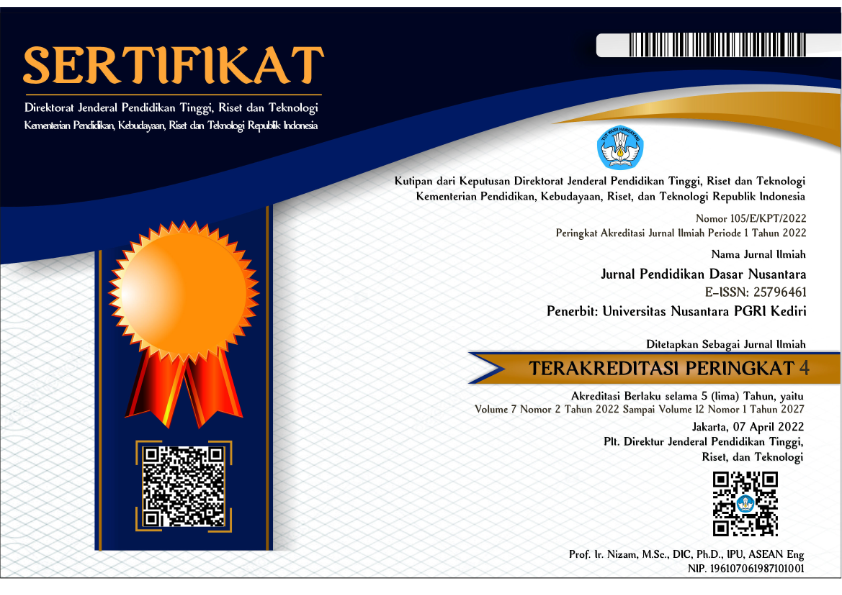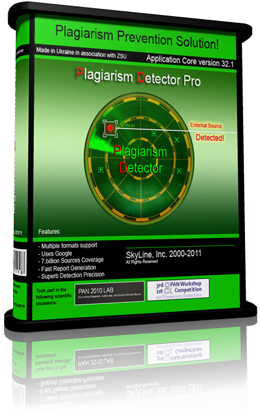STUDI KOMPARASI ANTARA PENGGUNAAN MODEL NUMBERED HEAD TOGETHER DAN THINK PAIR SHARE TERHADAP HASIL BELAJAR SISWA PADA MATA PELAJARAN IPS
Studi Kelas IV SDN Pilangbango Madiun
DOI:
https://doi.org/10.29407/jpdn.v3i1.614Keywords:
Learning Outcomes social studies, Learning Model Numbered Head Together, learning model Think Pair Share.Abstract
This research is a quantitative research that aims to know the difference between the use of model Numbered Head Together and Think Pair Share on student learning outcomes subjects IPS Class four SDN Pilangbango District Kartoharjo Madiun City. Determination of the sample in this study using a saturated sample of 44 fourth graders A and fourth grade students B SDN Pilangbango District Kartoharjo Madiun City. Collecting data using the test. In analyzing the data used statistical methods with the formula t-test. Numbered Head Together Model is learning to use numbers to make the learning process aims to help students develop students' thinking skills to think critically, creatively, and be able to master the learning well. While the Think Pair Share model is an instructional model that involves two students who were in discussions, in order to interact with fellow seatmate for learning it can be well understood. Data were collected by the test. Data used test is the result of good post test experimental class students Numbered Head Together and Think Pair Share class experiment to determine the learning model used there is a difference or not the results of social studies grade four SDN Pilangbango. Analysis of the data in this study using a t-test formula. Through analysis of the t-test is obtained: t = 2.16> table = 1,887 so it can be concluded there is a difference between the use of the model Numbered Head Together and Think Pair Share the learning outcomes of the fourth grade at Pilangbango Kartoharjo District of the City of Madiun.
Keywords: Learning Outcomes social studies, Learning Model Numbered Head Together, learning model Think Pair Share.
Downloads
Downloads
Published
Issue
Section
License
Authors who publish with this journal agree to the following terms:
- Copyright on any article is retained by the author(s).
- The author grants the journal, the right of first publication with the work simultaneously licensed under a Creative Commons Attribution License that allows others to share the work with an acknowledgment of the work’s authorship and initial publication in this journal.
- Authors are able to enter into separate, additional contractual arrangements for the non-exclusive distribution of the journal’s published version of the work (e.g., post it to an institutional repository or publish it in a book), with an acknowledgment of its initial publication in this journal.
- Authors are permitted and encouraged to post their work online (e.g., in institutional repositories or on their website) prior to and during the submission process, as it can lead to productive exchanges, as well as earlier and greater citation of published work.
- The article and any associated published material is distributed under the Creative Commons Attribution-ShareAlike 4.0 International License

































